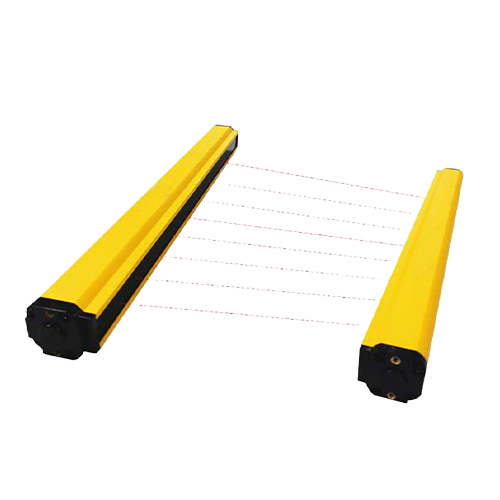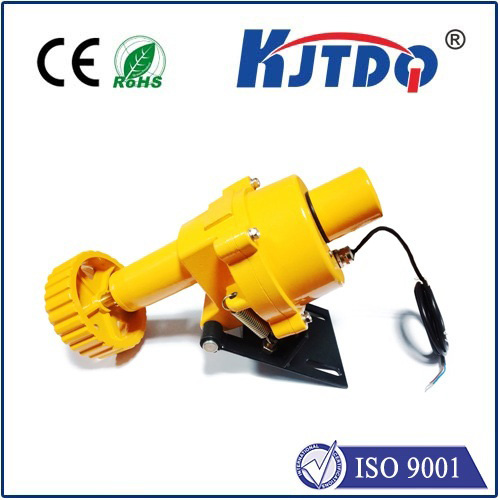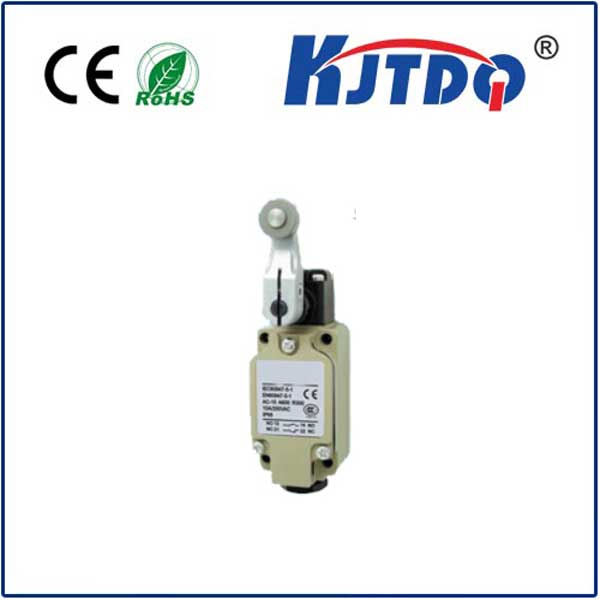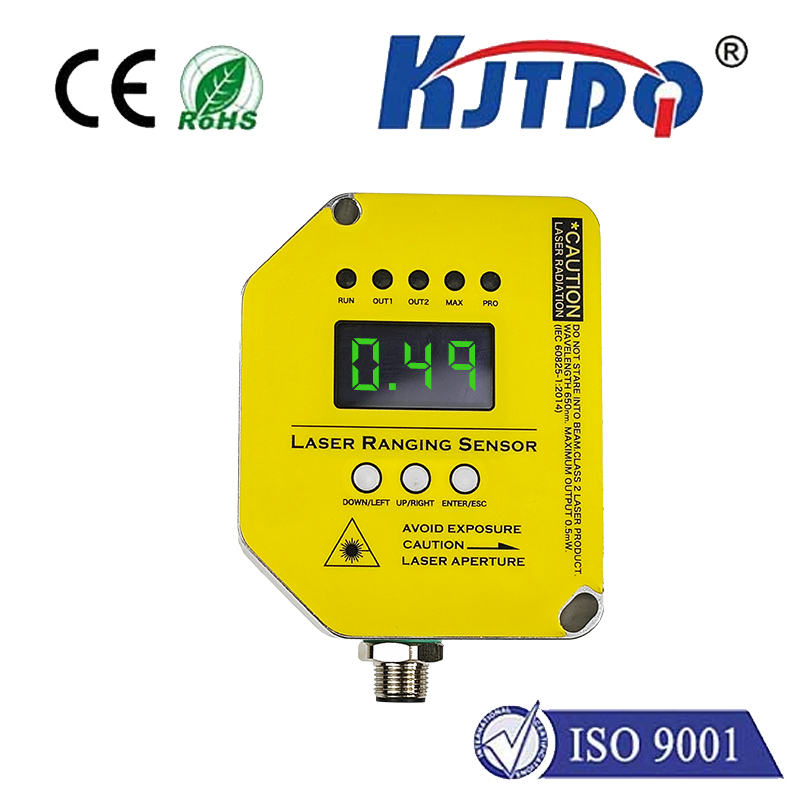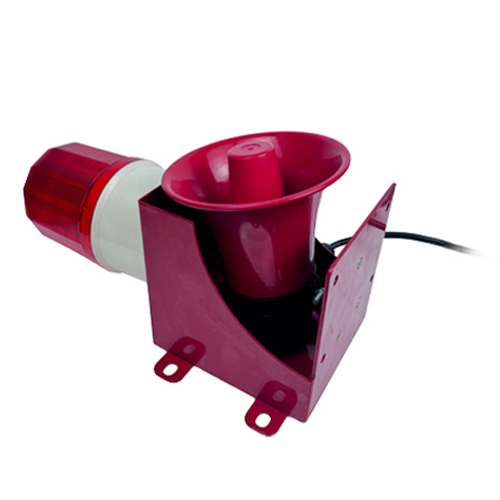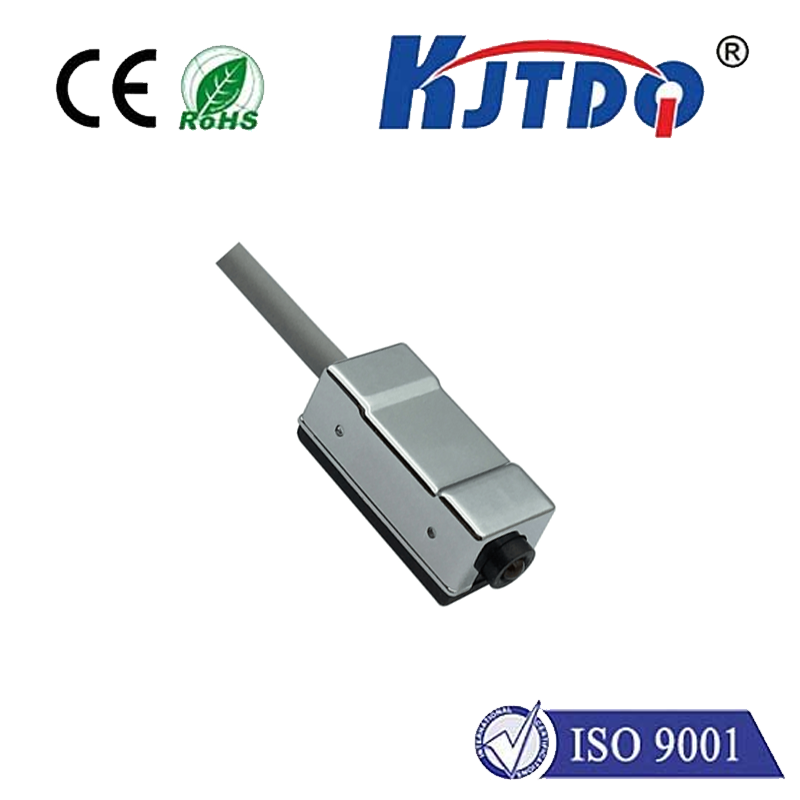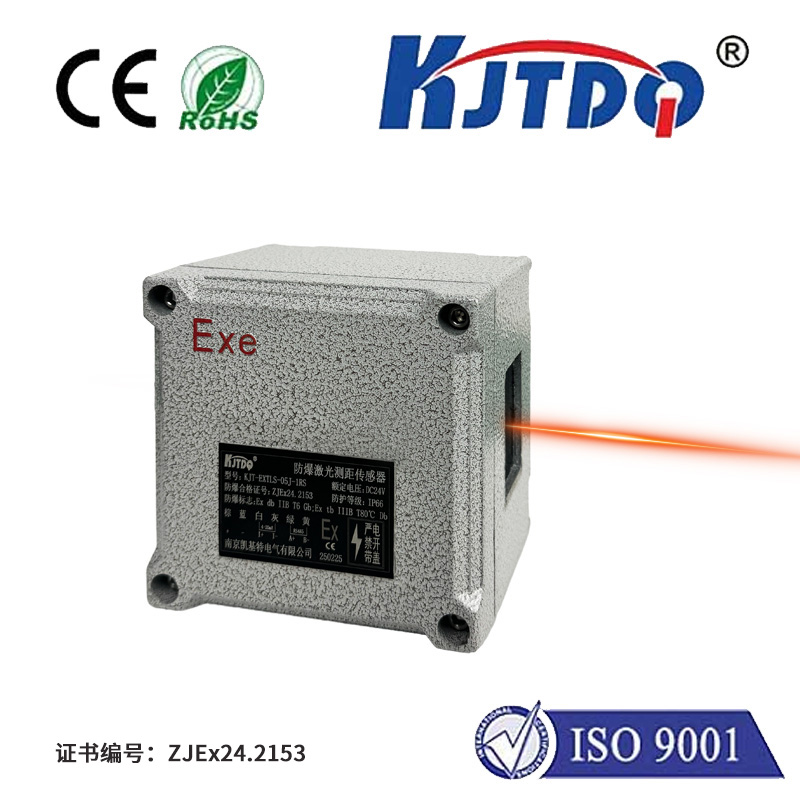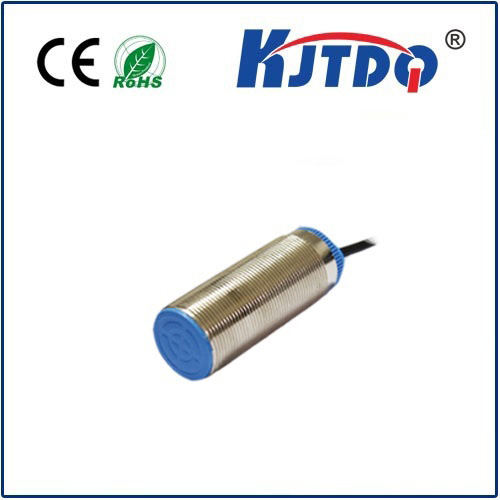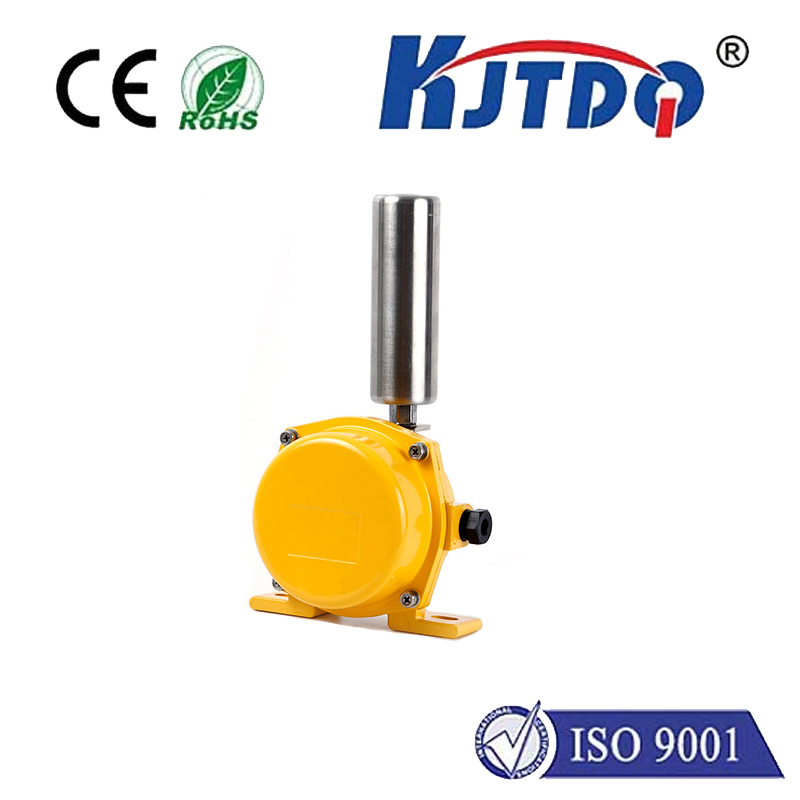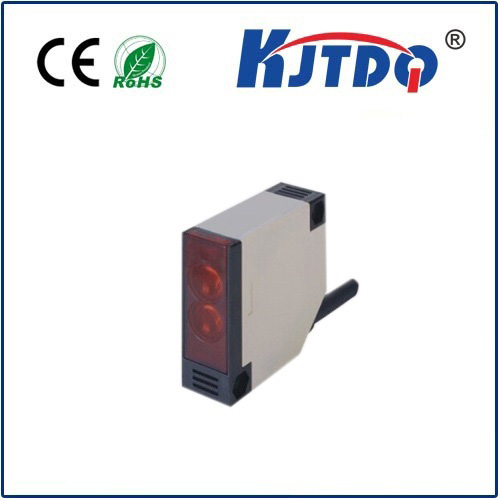

check

check

check

check
Have you ever wondered how your smartphone screen dims when held to your ear, or how elevator doors avoid closing on someone? Or pondered the intricate safety dance within a high-speed factory? The silent orchestrator behind these remarkably common, yet often unnoticed interactions is the proximity sensor device. These compact electronic components operate without physical contact, detecting the presence or absence of nearby objects instantaneously and invisibly. Far more than mere conveniences, proximity sensors are foundational elements enabling smarter automation, enhanced safety, and intuitive user experiences across countless domains. Understanding their capabilities reveals how these unseen guardians are fundamentally transforming modern technology.
At its essence, a proximity sensor device functions by detecting the presence, absence, distance, or movement of an object within its designated sensing field. Crucially, this detection happens without any physical touch. Instead, these sensors employ various physical principles to “see” their targets. The most common methods include:

This fundamental ability – non-contact detection – unlocks a vast array of applications. Consider the unseen choreography in modern manufacturing: inductive proximity sensors track metal components on conveyors, photoelectric sensors ensure bottles are correctly filled and capped, while capacitive sensors monitor material levels in hoppers, ensuring uninterrupted production flow. The automotive industry heavily relies on them: ultrasonic sensors enable parking aids and blind-spot monitoring, capacitive sensors detect occupants for airbag deployment, and inductive sensors monitor wheel speed for ABS systems, fundamentally enhancing driver safety.
Our consumer electronics are saturated with proximity sensing. Beyond the smartphone screen dimming, they enable touchless gesture control on smart speakers, detect when earbuds are placed in your ear for automatic play/pause, and ensure user safety near devices like robotic vacuums. Furthermore, smart home systems leverage proximity sensors to trigger lighting upon entry, conserve energy by detecting room occupancy to adjust HVAC, and enhance security by detecting unexpected movement near doors and windows. Even sectors like healthcare utilize them for touchless faucets in sterile environments, monitoring patient position in beds, and controlling sensitive equipment.
Selecting the right proximity sensor device for a specific application involves careful consideration of several key factors:
Continuous innovation is pushing the boundaries of what proximity sensor devices can achieve. Miniaturization allows them to be embedded into increasingly smaller gadgets. Enhanced integration combines proximity sensing with other functions like ambient light sensing or gesture recognition on single chips. Improvements in accuracy and noise immunity lead to more reliable operation in challenging environments. Furthermore, advancements in algorithms and signal processing enable smarter sensors that can better discriminate between target objects and background interference.
The quiet ubiquity of proximity sensor devices underscores their profound impact. They are the invisible enablers of seamless automation in factories, the silent protectors enhancing automotive safety, and the intuitive facilitators enriching our interactions with everyday gadgets. As these sensors grow smaller, smarter, more reliable, and more integrated, their influence will only deepen. They will be instrumental in realizing the full potential of the Industrial Internet of Things (IIoT), enabling truly intelligent machines that perceive their surroundings. In smart cities, they will optimize traffic flow and manage infrastructure. Within our homes, they will create even more responsive and energy-efficient environments. Truly, proximity sensors are the fundamental building blocks upon which our increasingly automated and interactive future is being constructed, silently standing guard at the intersection of the physical and digital worlds.
